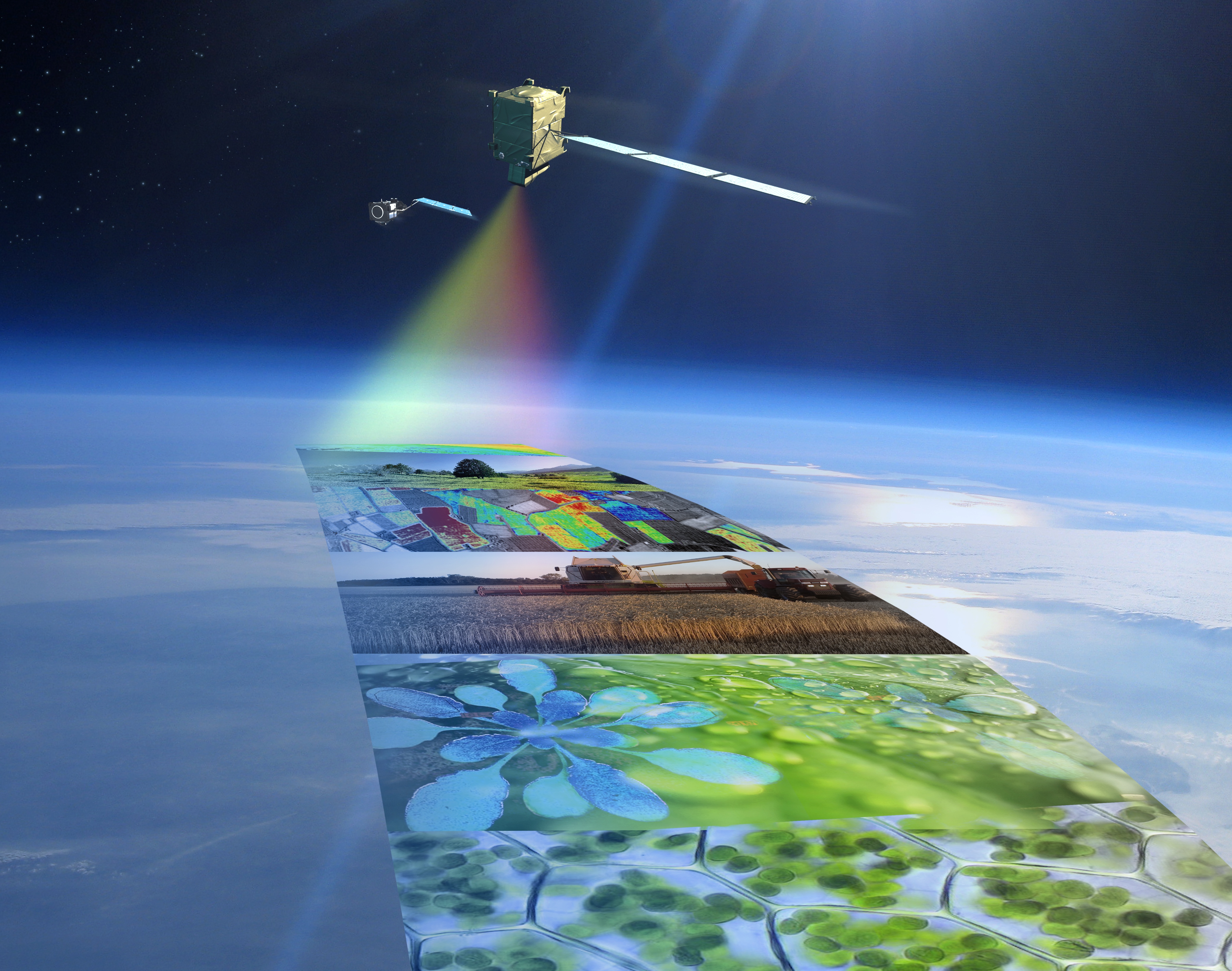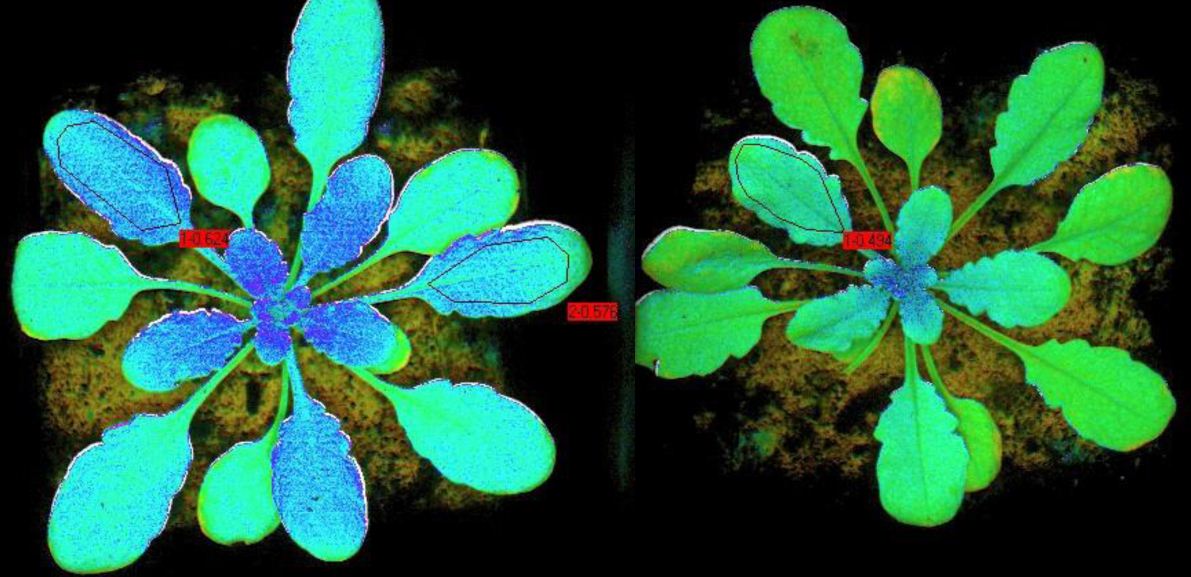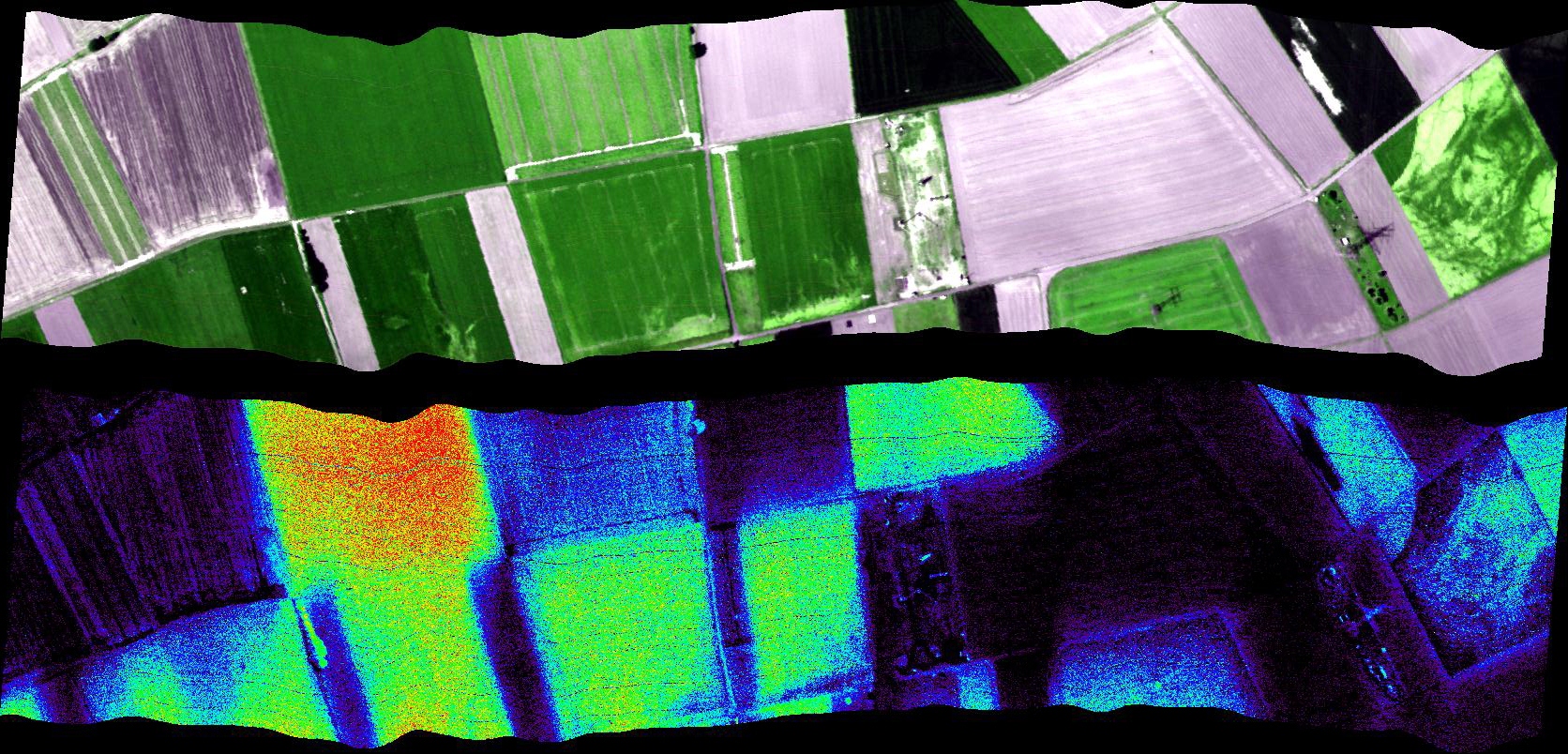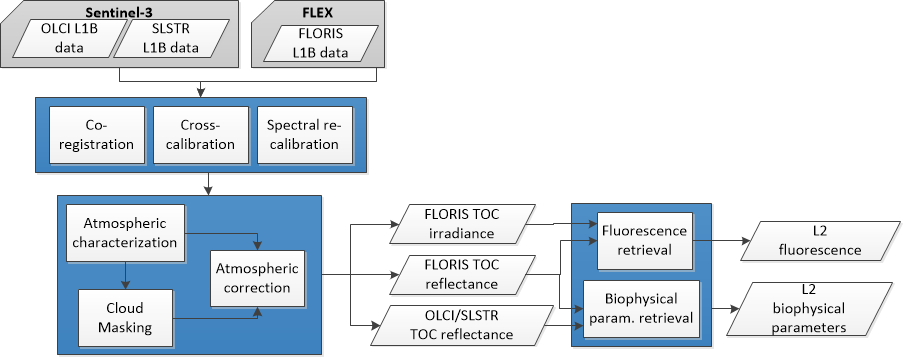FLEX L2 Study at the Living Planet Symposium 2019




FLEX/Sentinel-3 tandem mission is ESA’s 8th Earth Explorer Mission, which aims at mapping vegetation fluorescence to quantify photosynthetic activity. Analysis of the fluorescence signals provides information about photosynthetic efficiency, making fluorescence a sensitive indicator of photosynthetic perturbation and stress. Due to the complexity of the mission, ESA is developing an FLEX L2 End-to-End Mission Performance Simulator (E2ES) tool in order to (1) reproduce the expected mission performance, (2) check that the mission and the FLORIS instrument concepts meet the system requirements, and (3) analyse the suitability of the developed Level-1 and Level-2 (L2) image processing algorithms.
In this frame, the first objective of the FLEX L1B to L2 Retrieval Study aims at providing scientifically consolidated algorithms (through ATBDs) and software for the L1B to L2D data processing module(s) (L2RM) for integration into the FLEX L2 E2E simulator. Each individual software sub-modules for the data processing shall be provided and integrated in a stand-alone L1B to L2D processor (SAL2P) allowing performance testing of the entire L2D processing chain prior to delivery to ESA and the FLEX L2 E2E consortium.

The above-mentioned key deliverables (i.e. ATBDs and SW modules) shall be provided as draft versions one year after study kick-off and as final versions two years after study kick-off for a timely availability for the Mission Critical Design Review planned for April 2020.
For the algorithm development and performance analysis, a validation database shall be established, which will integrate selected datasets from:
As a second objective, the Scene Generation Module (SGM) shall be addressed to extend the FLEX E2E simulation capabilities to larger regions, longer time series, and additional geophysical parameters. These proposed scientific changed to the SGM shall be in line with the L1B to L2D retrieval capabilities. Under the present activity, work related to scientific revisions shall be addressed through the preparation of the corresponding ATBDs.






